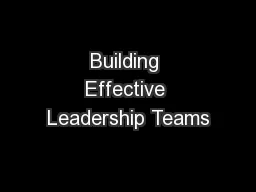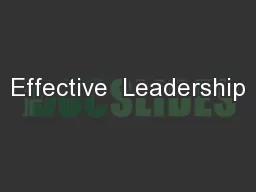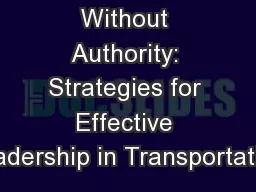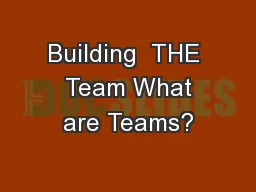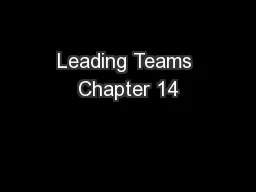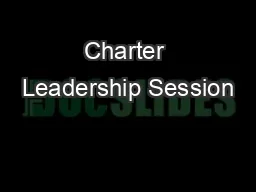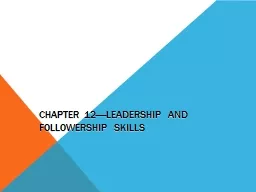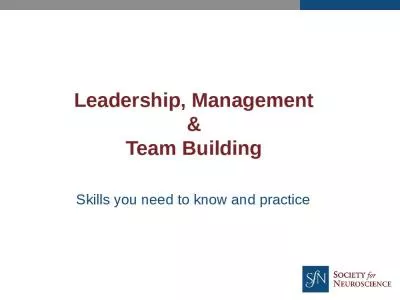PPT-Building Effective Leadership Teams
Author : sherrill-nordquist | Published Date : 2018-11-09
How can independent schools move from siloed leadership to an effective model of shared leadership driven by a shared purpose shared knowledge and shared accountability
Presentation Embed Code
Download Presentation
Download Presentation The PPT/PDF document "Building Effective Leadership Teams" is the property of its rightful owner. Permission is granted to download and print the materials on this website for personal, non-commercial use only, and to display it on your personal computer provided you do not modify the materials and that you retain all copyright notices contained in the materials. By downloading content from our website, you accept the terms of this agreement.
Building Effective Leadership Teams: Transcript
Download Rules Of Document
"Building Effective Leadership Teams"The content belongs to its owner. You may download and print it for personal use, without modification, and keep all copyright notices. By downloading, you agree to these terms.
Related Documents

